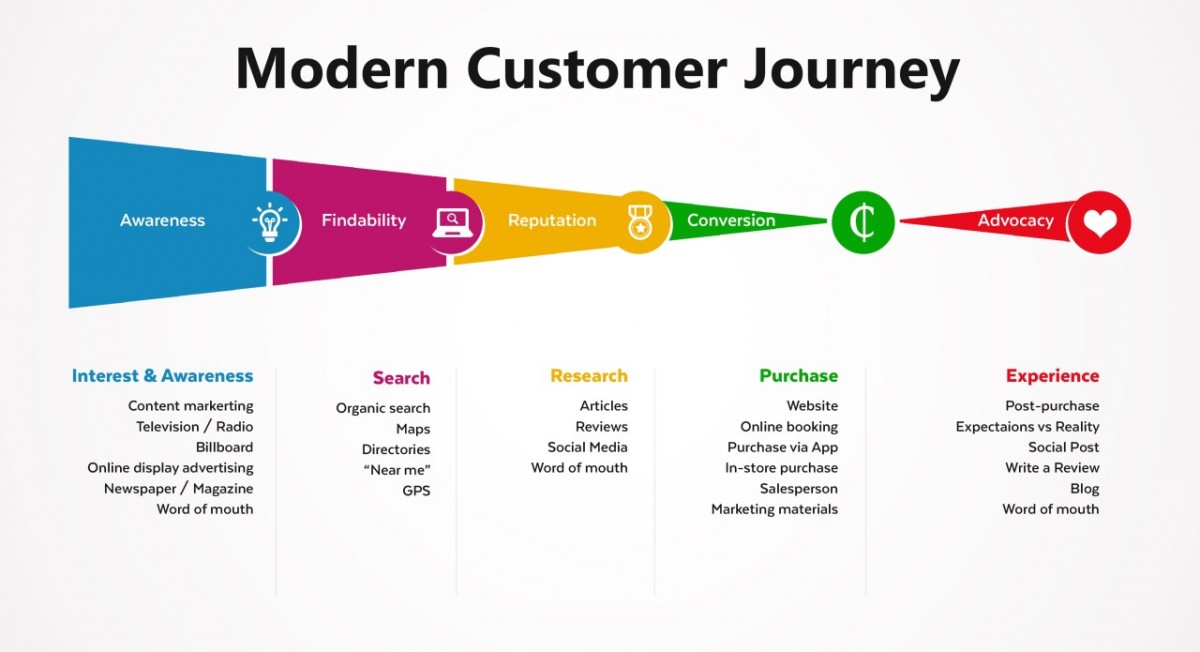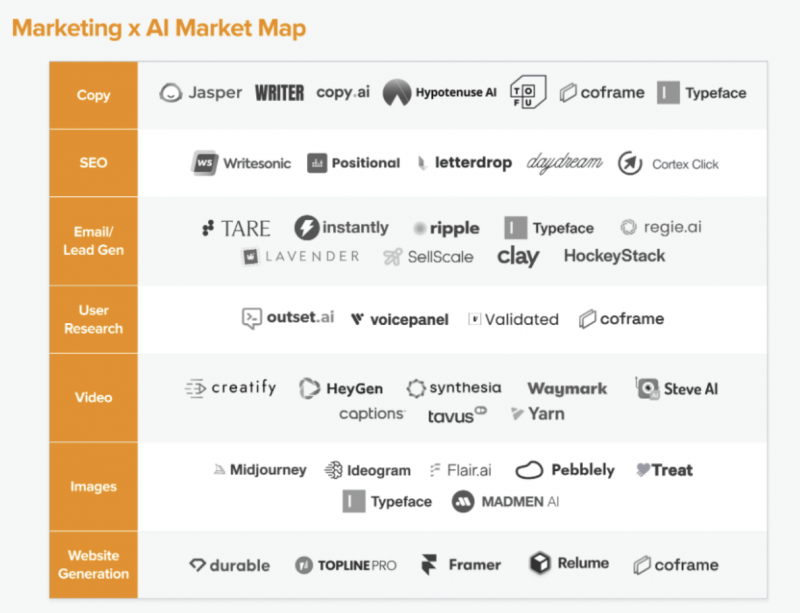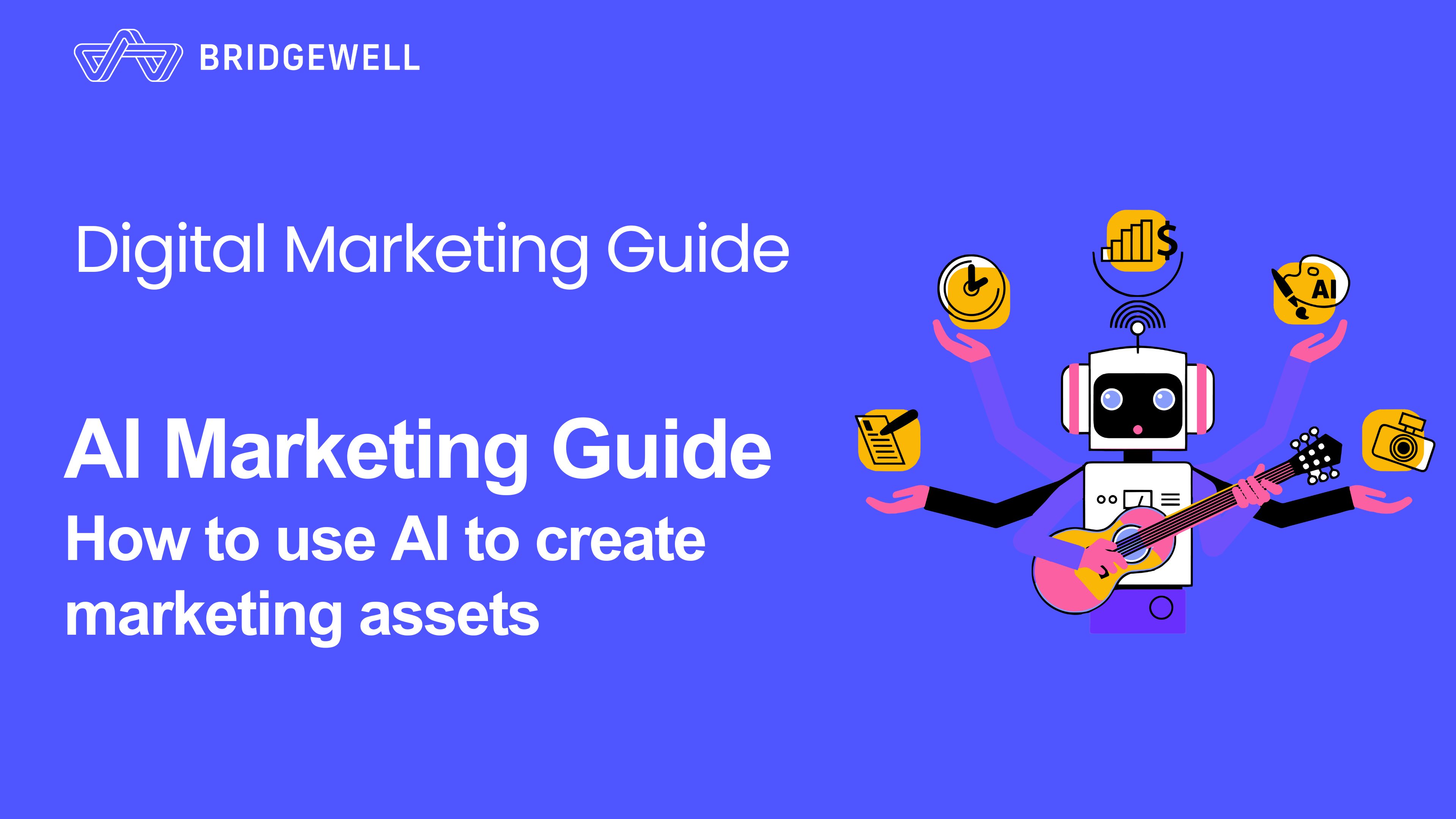AI isn’t just for generating images or writing captions—it can also help you identify trending topics and make your marketing content more relevant.
How AI Marketing Assets Are Transforming the Way Marketing Teams Create
AI is changing the game for marketing teams. Gone are the days when every piece of content had to be manually designed from scratch. With AI-powered tools, brands can now generate marketing assets faster and more efficiently—whether it’s social media posts, ad visuals, video content, or even email copy.
But let’s be real—AI isn’t a magic bullet. To truly make AI work for your marketing team, you need a clear strategy. AI should not only save time but also enhance brand consistency and improve campaign performance. Here’s how you can successfully integrate AI-generated marketing assets into your workflow:
1. Define Clear Marketing Goals to Guide AI-Generated Content
Before diving into AI-generated marketing assets, ask yourself: What do I want to achieve with AI-powered content?
- Looking to boost brand awareness? → Use AI to create eye-catching social posts and engaging video ads.
- Aiming to increase ad conversions? → Test multiple AI-generated visuals and copy variations to find the highest-performing combination.
- Need to cut content production costs? → Automate repetitive tasks with AI-driven tools to optimize efficiency.
By setting clear objectives, you ensure AI content aligns with your marketing strategy rather than just adding noise.
2. Foster Transparency & Seamlessly Integrate AI into Your Workflow
The key to AI adoption is making sure your marketing team understands its role. AI isn’t here to replace creativity—it’s here to enhance it. Communicate this clearly to reduce resistance and improve execution.
Here’s how AI can fit into your existing workflow:
- Content teams → Use AI to generate rough drafts, then refine and add a human touch.
- Design teams → Leverage AI to quickly create concept mockups, reducing time spent starting from scratch.
By embedding AI into your marketing processes, your team can focus more on strategy and creativity while letting AI handle the heavy lifting.
–
The Key Role of Marketing Collateral & Marketing Assets
In today’s digital marketing landscape, marketing collateral and marketing assets play a crucial role. These elements help brands attract their target audience, establish a strong brand identity, and drive consumer decision-making. However, traditional creative development can be time-consuming, resource-intensive, and costly—making it challenging for brands to produce high-quality marketing content at scale.
The rise of AI is changing the game. With AI-powered marketing tools, brands and advertisers can now create marketing assets more efficiently, reducing their reliance on specialized design teams. AI also enables rapid content adaptation based on data and trends, ensuring marketing strategies remain agile and competitive.
–
Marketing Collateral vs. Marketing Assets: How Brands Can Leverage AI
Marketing assets are the core visual and content resources that define a brand’s identity and support marketing efforts. These elements help establish brand recognition and enhance marketing campaigns. Common marketing assets include:
- Brand Logo (Builds brand identity)
- Product Images & Lifestyle Shots (Enhances visual appeal)
- Video Footage & Animations (Helps audiences understand product features)
- Brand Design Elements (Colors, fonts, icons, etc.)
Case Study: Building a Brand Story for a Tech Product
Brand Background: A smart home startup launches an AI voice assistant, aiming to compete with established brands.
Challenge: Low brand awareness—marketing assets like logos and product images alone aren’t enough to communicate value.
Solution:
Static product images (marketing assets) couldn’t fully showcase the product’s advantages. Instead, the brand developed video marketing collateral demonstrating real-life applications, such as:
- Morning wake-up routines
- Automated lighting and music adjustments
By integrating the brand logo with customer experiences in dynamic storytelling, the brand reinforced its product value and made a stronger emotional connection with its audience.
How AI Enhances Marketing Asset Creation
AI can help brands quickly generate, adapt, and optimize marketing assets—whether it’s producing variations of product images, generating dynamic video content, or automating design elements—ensuring that every piece of content is both brand-consistent and data-driven.
–
The Importance of Marketing Collateral
Marketing collateral plays a crucial role across different stages of the customer journey, helping businesses achieve key objectives:
- Brand Awareness → Use social media ads, video content, and other engaging materials to capture audience attention.
- Consideration Stage → Provide product comparison guides, whitepapers, and educational content to assist consumers in making informed decisions.
- Conversion Stage → Leverage promotional ads, case studies, and testimonials to drive action.
- Loyalty & Education → Maintain customer relationships through email marketing, expert insights, and value-driven content.
Strategically crafted marketing collateral ensures your brand remains relevant, persuasive, and engaging throughout the customer journey.
How AI-Generated Marketing Collateral Influences Consumer Decisions
Marketing collateral refers to the content businesses use to promote products or services, educate the market, and influence consumer decisions. It typically combines various marketing assets to deliver a complete and compelling brand message.
Marketing collateral can be categorized into two main types:
- Online Collateral → Website banner ads, social media posts, email marketing, blog articles, video ads, etc.
- Offline Collateral → Posters, printed direct mail (DM), event brochures, trade show booth designs, etc.
Case Study: A Full-Funnel Marketing Strategy for a Software Brand
Background: A B2B SaaS company launches a new data analytics tool targeted at e-commerce businesses.
Challenge: The target audience is unfamiliar with the product and lacks motivation to try it.
Solution:
- Brand Awareness → LinkedIn video ads showcase the value of data analytics to business decision-makers.
- Consideration Stage → A whitepaper featuring real case studies and data helps potential customers understand the product’s advantages.
- Conversion Stage → A free trial offer, combined with an email campaign featuring user guides and customer testimonials, drives sign-ups.
- Loyalty & Education → Monthly product updates and in-depth blog articles keep existing customers engaged and using the software.
By leveraging AI-generated marketing collateral, brands can create targeted, data-driven, and high-impact content that guides consumers through every stage of the decision-making process.
–
Types of Marketing Collateral

–
Different types of marketing collateral serve different audiences and objectives. Here’s a breakdown of commonly used formats:
- Digital Ads → Facebook Ads, Google Ads
- Video Ads → YouTube, TikTok short videos
- TV & Streaming Ads → Netflix, Disney+ commercials
- Social Media Posts → Instagram Reels, LinkedIn articles
- Email Marketing → Promotional EDMs, newsletters
- Podcasts → Business interviews, product-related shows
- Direct Mail & Emails → Printed brochures, digital newsletters
- Blog Posts & Whitepapers → SEO-optimized content, industry reports
- Sales Enablement Materials → Sales decks, customer case studies
- Customer Testimonials & Case Studies → Real user feedback to build trust
By selecting the right type of marketing collateral, brands can effectively engage their audience, reinforce messaging, and drive meaningful actions.
–
How to Integrate AI-Generated Marketing Collateral into Your Strategy

–
AI-powered marketing tools are revolutionizing content creation, enabling brands to produce high-quality collateral faster and more efficiently. These tools include:
- Image Generators → Instantly create eye-catching ad visuals tailored to brand needs.
- Content Editing & Optimization → AI-enhanced adjustments to videos and images to improve conversion rates.
- Automated Content Production → One-click ad generation and seamless distribution across multiple platforms.
Case Study: How a Fashion Brand Used AI to Optimize Ad Performance
Brand Background: A fast-fashion brand wanted to test different ad styles to identify the most engaging designs for consumers.
Challenge: Traditional design processes took weeks, making it difficult to keep up with market trends.
Solution:
- Used AI image generators to quickly create ad visuals featuring different backgrounds, models, and outfit combinations.
- Leveraged AI-powered A/B testing to determine the best-performing visuals and ad copy.
- AI automatically adjusted video formats to ensure ads were optimized for Instagram Reels, Facebook Stories, and YouTube Shorts.
By integrating AI into the creative process, brands can adapt to market demands faster, improve ad performance, and streamline content production—all while maintaining a consistent brand identity.
-\
How to Find Inspiration for Marketing Collateral?
If you work in marketing, you’ve probably asked yourself a million times: What’s trending right now? What are consumers actually interested in? Inspiration can be fleeting—especially when social media trends shift at lightning speed. What’s viral today might be irrelevant tomorrow. That’s where AI becomes a game-changer.
AI isn’t just for generating images or writing captions—it can also help you identify trending topics and make your marketing content more relevant.
Let’s say you run a travel brand targeting young audiences, but you’re unsure how to grab their attention. Instead of guessing, you can use AI tools to analyze trending hashtags on TikTok and Instagram, like #BudgetTravel or #WeekendGetaway, to see what people are actually talking about. This insight ensures that your content aligns with what your audience cares about—not just what you think they might like.
Even better, AI-powered tools can automatically generate content based on these trends. Imagine AI creating a “3-day weekend getaway” short video showcasing trending destinations and itinerary ideas, or optimizing your ad copy to match your audience’s tone and interests. AI can even help you identify the right influencers (KOLs) for collaborations, making your marketing strategy more precise and effective.
So next time you hit a creative block, let AI do the heavy lifting—analyzing trends, generating content, and helping you craft marketing collateral that truly resonates with your audience.
Quick Ways to Get Marketing Inspiration with AI:
- Define your audience and marketing goals to ensure content aligns with your strategy.
- Explore AI-powered creative libraries for auto-generated images and videos.
- Use AI-generated text prompts as a foundation for brainstorming new ideas.
With AI on your side, you’ll never run out of fresh, high-impact marketing content!
